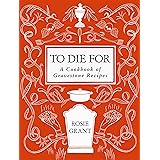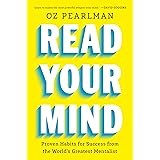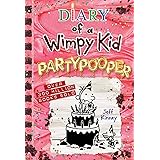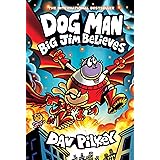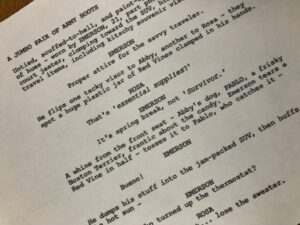“Unlocking Emotion: Discover the Three Transformative Movements That Elevate Scene Power”
Ever tried to keep a room full of kids quiet? Challenging, right? Now, think about your readers—how do you keep them from bouncing off the walls of your narrative and instead glued to every word? In the article “Drawing in your readers and keeping them engaged,” we dive into the art of captivating storytelling. Writing isn’t just about putting words down; it’s about crafting experiences that resonate. Just like that friend who mistakenly thought running is a breeze until confronted with the reality of gear and logistics, storytelling requires attention to detail—what does your character want, how do they feel, and what stands in their way? This piece guides you through the nuances of scene structure, character evolution, and the vital emotional shifts that keep readers turning pages. Ready to transform your writing from a casual jog into a thrilling marathon? LEARN MORE.
Drawing in your readers and keeping them engaged
One of my friends from college decided to take up running as a hobby not long after we graduated. When we were talking one day, she told me, “I didn’t think this would be all that expensive of a hobby. You can run without any gear. But when you’re looking at running regularly, there’s so much to think about! The right shoes and leggings and jacket and water bottle and earbuds that stay in place while running — it adds up.”
Creating a work of fiction can feel like that sometimes. Writing isn’t hard. We all write every day, whether it’s a text to a friend or a comment on social media or an email to our boss. We all tell stories, too, whether it’s how hard our day was, or the padding in our resume, or our answers to young kids when they ask where babies come from. But doing it on purpose? Regularly? There’s so much to think about.
What does the character want? How do they feel? What’s in their way? How will they grow? Balancing the pieces of a scene can be tricky.
That’s because each scene should have not one but three critical movements: scene structure, character change, and emotional change.
When I’m editing, I find new writers fall into one of two traps. The first is not introducing enough of the previously mentioned movements. They write what fanfic writers call “slice-of-life” stories where we see who a person is, but not what forces them to change. The second is too much of a good thing. If changing emotions over the course of the scene is good, then hitting lots of emotions is even better, right? Not necessarily.
Let’s look at each movement separately, with questions to ask yourself about them, and then consider how they work together to keep your story engaging.
Scene Structure
Of the three movements, scene structure is talked about the most. I subscribe to K.M. Weiland’s school of thought that a full scene movement contains a goal, conflict, disaster/outcome, reaction, dilemma on what to do next, and a decision that becomes the next goal. While any “scene” in a play sense — action happening in one spot at one time — might have only part of this sequence, or may go…

